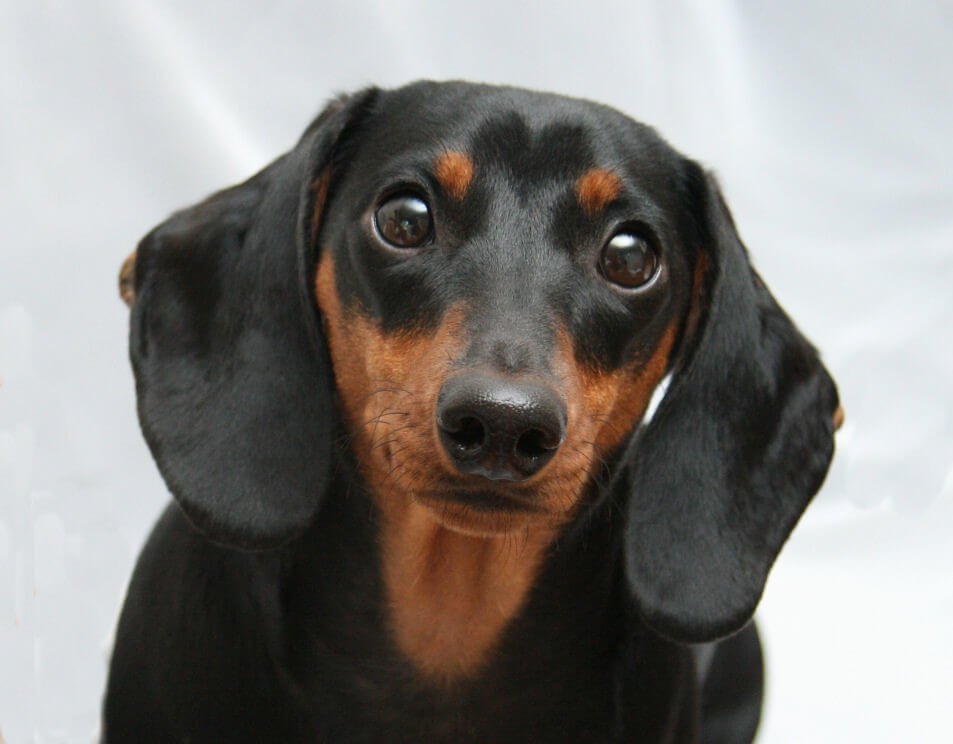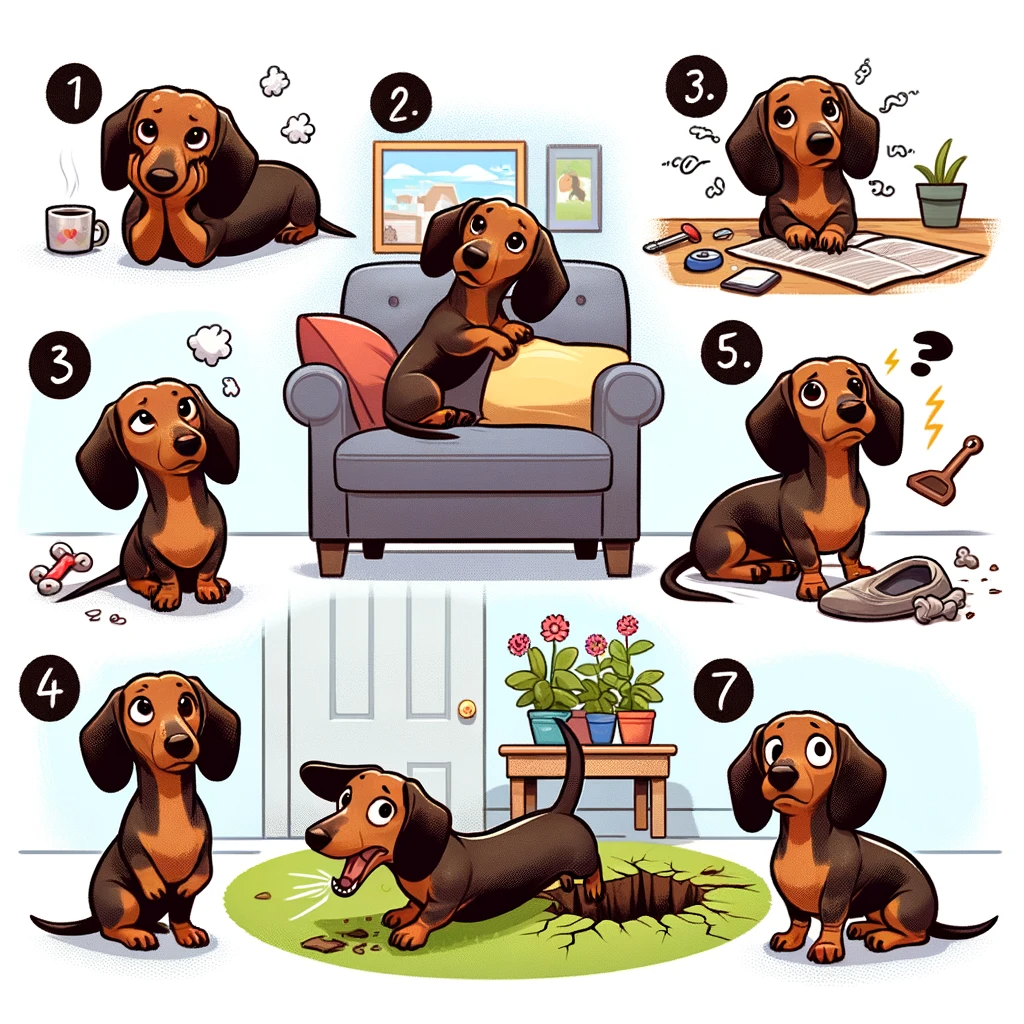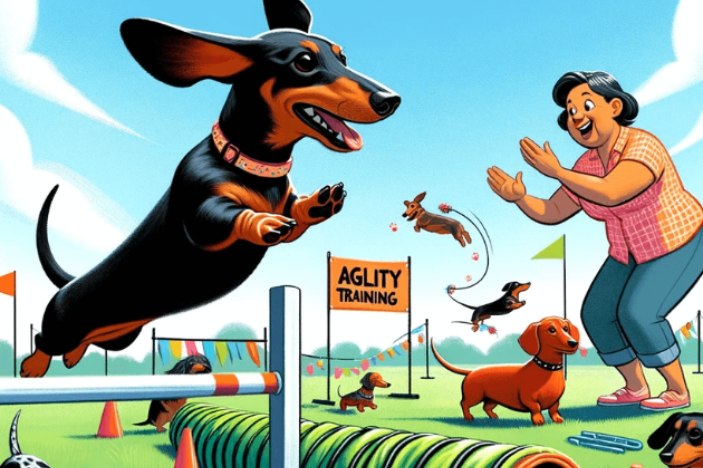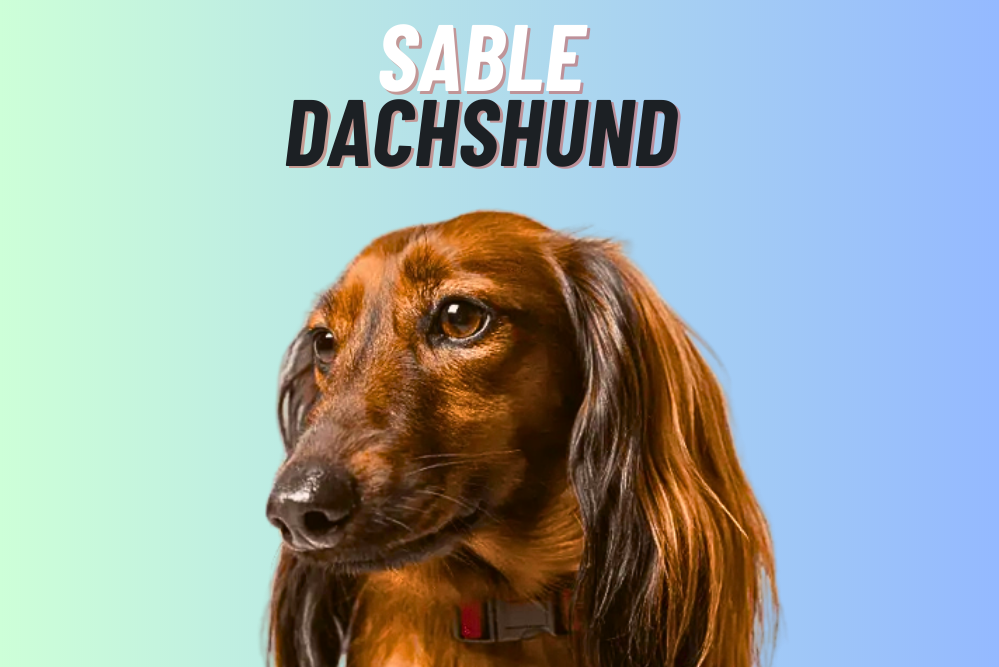The Short Haired Weiner Dachshund, also known as the Smooth Haired Dachshund or simply the Dachshund, is a small breed of dog that originated in Germany. With their distinctive long bodies, short legs, and intelligent personalities.
Dachshunds are beloved by many as loyal companions and excellent family pets. Despite their small size, Dachshunds are brave and tenacious and were originally bred to hunt badgers and other burrowing animals.
Today, they are popular both as show dogs and as beloved household pets, known for their playful personalities and affectionate nature.
History of short-haired Weiner dachshund
The Short Haired Weiner Dachshund, also known as the Smooth Haired Dachshund, has a long and storied history.
The breed was developed in Germany in the 17th century, where it was used primarily for hunting badgers and other burrowing animals.
The Dachshund’s long, narrow body and short legs were ideally suited for following prey into their underground dens.
The breed’s popularity grew throughout Europe, and by the early 20th century, it had become a beloved household pet in many countries.
Dachshunds were also used during World War I as messenger dogs and as guard dogs, thanks to their fierce loyalty and bravery.
In the years that followed, Dachshunds continued to gain popularity around the world, and today they are one of the most recognizable and beloved dog breeds.
The breed has been featured in countless movies, television shows, and books, and has even been the subject of several famous paintings, including the works of Pablo Picasso and Salvador Dali.
Throughout their long and storied history, Short Haired Weiner Dachshunds have remained beloved for their intelligence, loyalty, and playful personalities.
Whether as hunting companions, loyal family pets, or show dogs, Dachshunds continue to capture the hearts of dog lovers around the world
Health problems of Short-haired Dachshund
Like all dog breeds, Short-haired Dachshunds can be prone to certain health problems. Some of the most common health issues that affect this breed include:
Intervertebral Disc Disease (IVDD): This condition occurs when the discs between the vertebrae in the spine rupture or herniate, causing pain and sometimes paralysis. Due to their long backs and short legs, Dachshunds are more prone to IVDD than many other breeds.
Obesity: Short-haired Dachshunds are prone to weight gain, which can lead to a variety of health problems, including joint issues, heart disease, and diabetes.
Dental problems: Dachshunds are prone to dental problems, such as periodontal disease and tooth decay, which can lead to pain, infection, and tooth loss.
Eye problems: Dachshunds can be prone to a variety of eye problems, including cataracts, glaucoma, and progressive retinal atrophy.
Skin allergies: Some Dachshunds may be prone to skin allergies, which can cause itching, rashes, and skin infections.
It is important for Dachshund owners to be aware of these potential health issues and to take steps to prevent them, such as feeding a healthy diet, providing regular exercise, and scheduling regular check-ups with a veterinarian.
Additionally, breeding practices can play a role in the health of the breed, so it is important to choose a reputable breeder who prioritizes the health of their dogs
Are short-hair dachshunds hard to train?
Short-haired Dachshunds can be somewhat challenging to train, as they can be independent and stubborn at times.
However, with proper training and socialization from a young age, Dachshunds can become well-behaved and obedient companions.
One potential challenge in training Dachshunds is their strong hunting instinct. Because they were originally bred as hunting dogs, Dachshunds can be prone to chasing small animals, such as squirrels or rabbits.
This can make it difficult to train them to come when called, as their natural instincts may tell them to continue chasing their prey.
In addition, Dachshunds can be prone to barking, which can make them difficult to train in apartment or close-quarter living situations. They may also be stubborn at times, and require consistent and patient training methods.
Despite these challenges, Short-haired Dachshunds are intelligent and eager to please their owners. With positive reinforcement training techniques, consistency, and patience, Dachshunds can be trained to follow commands, walk on a leash, and be well-behaved household pets
Most colors and coats have Short-hair Dachshunds
Short-haired Dachshunds come in a variety of colors and coat patterns, including:
- Red: This is one of the most common colors for Dachshunds. It ranges from a light, cream-colored red to a deep, dark mahogany red.
- Black and tan: This is another common color for Dachshunds. It features a black coat with tan markings on the eyebrows, chest, and legs.
- Chocolate: This is a rich, deep brown color that is less common than red or black, and tan.
- Cream: This is a light, pale color that ranges from almost white to pale yellow.
- Dapple: This is a pattern in which the base color is mixed with spots or splotches of another color, typically black or brown.
- Piebald: This is a pattern in which the base color is mixed with large areas of white.
In terms of coat type, Short-haired Dachshunds have a smooth, shiny coat that lies close to the skin. This coat requires minimal grooming and sheds moderately throughout the year. Some Dachshunds may have slightly longer hair on their tails or ears, but this is still considered a short-haired breed
Are dachshunds high maintenance?
Short-haired Dachshunds are generally considered to be moderate maintenance dogs. They have short, smooth coats that require minimal grooming, although they do shed moderately throughout the year. Weekly brushing and occasional baths are usually sufficient to keep their coats healthy and clean.
However, Short-haired Dachshunds do require regular exercise and mental stimulation to prevent boredom and destructive behaviors.
They are an active and energetic breed that enjoys daily walks, playtime, and training sessions. Without proper exercise and mental stimulation, Dachshunds may become overweight or develop behavioral problems.
In addition, Short-haired Dachshunds may require special attention to their health, particularly regarding their backs and joints.
As mentioned earlier, Dachshunds are prone to Intervertebral Disc Disease (IVDD) due to their long backs and short legs.
To prevent this condition, it is important to avoid activities that put unnecessary stress on their backs, such as jumping from high places or engaging in rough play.
Overall, Short-haired Dachshunds are not particularly high maintenance, but they do require a commitment to their health and well-being. With proper care and attention, they make loyal and affectionate companions.
Final Thought
In conclusion, Short-haired Weiner Dachshunds are a beloved breed of dog that has captured the hearts of people around the world.
With their distinctive long, narrow bodies and short legs, they were originally bred for hunting badgers and other burrowing animals in Germany in the 17th century. Today, they are cherished as loyal and affectionate family pets, as well as successful show dogs.
While Short-haired Dachshunds are not considered high maintenance, they do require proper care and attention to keep them healthy and happy.
They are an active and energetic breed that requires regular exercise and mental stimulation and are prone to certain health issues such as Intervertebral Disc Disease (IVDD) and obesity.
Despite their occasional health concerns, Short-haired Dachshunds make wonderful companions for those who appreciate their playful personalities, intelligence, and loyalty. With proper care and attention, they can live long, happy lives and provide their owners with years of love and companionship





